In the ever-evolving fashion world, making informed decisions about your products as a clothing brand or retailer is crucial. One common dilemma in the outerwear industry is understanding the differences between coats and jackets. For fashion brands and retailers, understanding the differences between coats and jackets can be a success factor.
Coats and jackets are different in terms of their length, coverage, materials, warmth, insulation, etc. Their seasonal relevance, occasion of wear, and versatility also make them different.
Both coats and jackets are staples in any winter wardrobe. However, the proper clarity between the unique characteristics of these clothing pieces is often absent. Knowing the uniqueness of coat vs jacket can help businesses cater to their diverse customer base. In this article, we’ll delve into the coat vs jacket debate to make your fashion brand stand out.
Coat Vs Jackets: Understanding The Basics
A coat and a jacket are two essential pieces of outerwear that serve different purposes and are designed to meet various needs when protecting us from the elements. The choice between a coat and a jacket ultimately depends on the specific purpose, climate, and style preferences of the individual. Let’s explore the basics between these two garments.
Coat
A coat is typically a longer and heavier outer garment that extends below the waist, often covering the hips and thighs. Coats are designed to provide substantial protection against cold weather, rain, wind, and other harsh environmental conditions. They are generally made from thicker and more insulating materials, such as wool, down, or heavy-duty synthetic fabrics.
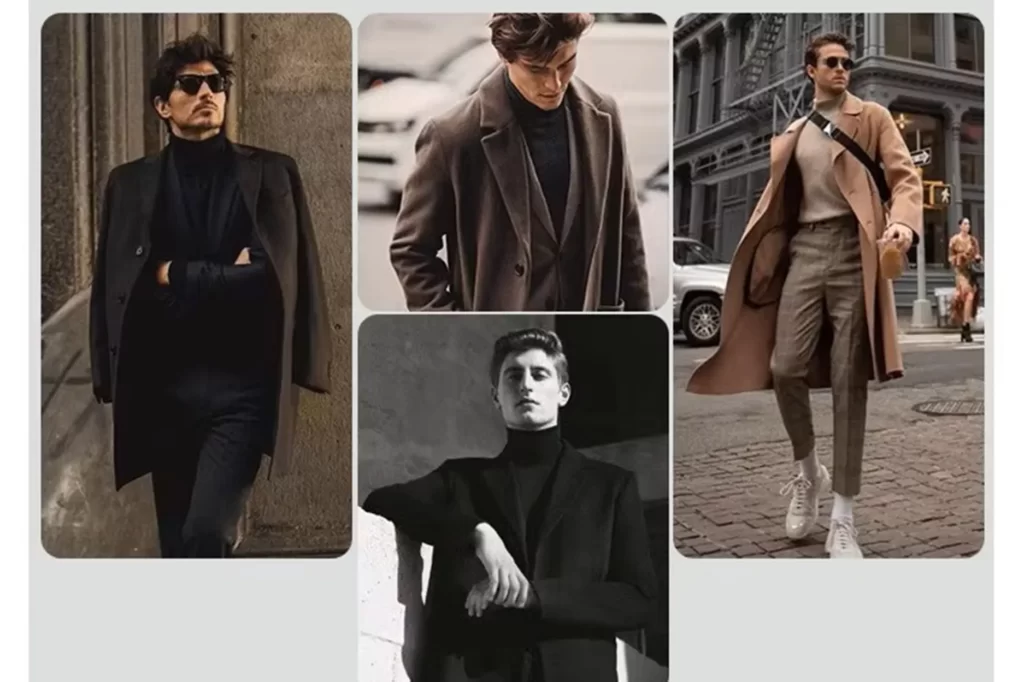
The use of thicker fabrics in coats offers superior warmth and insulation. Coats are commonly associated with formal or dressier occasions, as they can be more elegant and sophisticated in appearance.
That is why coats are ideal for cold weather and are often chosen when you need to maintain a polished or professional look. They come in various styles, including overcoats, trench coats, and pea coats, each with its unique design and intended use. Coats can also be worn over suits or dresses, making them a versatile choice for various occasions.
Jacket
A jacket, on the other hand, is a shorter, more versatile outer garment that typically ends at or above the waist. Jackets come in many styles, from bomber jackets to blazers, denim jackets, leather jackets, and many more. They are designed for various purposes, including style, functionality, and protection from milder weather conditions.
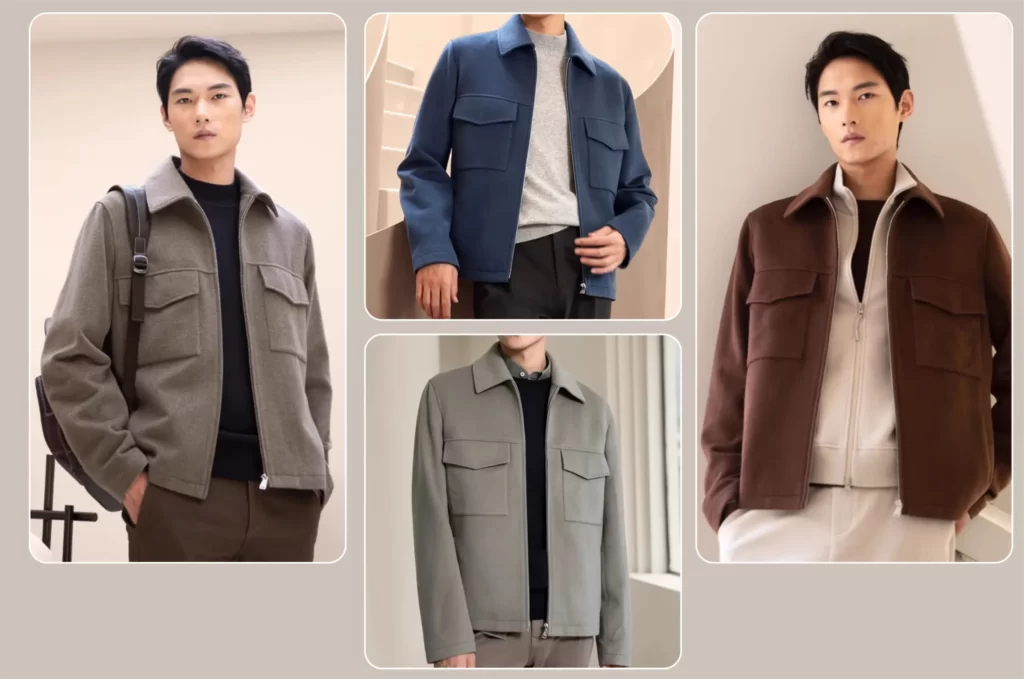
Hence, jackets are usually lighter and more adaptable than coats. They can be worn in both casual and formal settings, depending on the specific style and material. While jackets can offer warmth and protection from the elements, they are not as insulated as coats. They may not be suitable for extremely cold or wet weather.
The Key Differences Between Coats And Jackets
Understanding these differences between coats and jackets can help you make informed decisions when selecting outerwear for your wardrobe or business. Choosing a suitable garment based on your needs and the season is essential for fashion lovers and retailers. So, here are the key differences between coats and jackets for you to explore.
Length and Coverage
Coats are known for their extended length, typically reaching well below the hips and sometimes even covering the knees or ankles. This length provides comprehensive coverage, making them the ideal choice for individuals seeking maximum protection against harsh weather conditions. Their longer silhouette helps shield the wearer from cold winds and precipitation, effectively sealing in warmth.
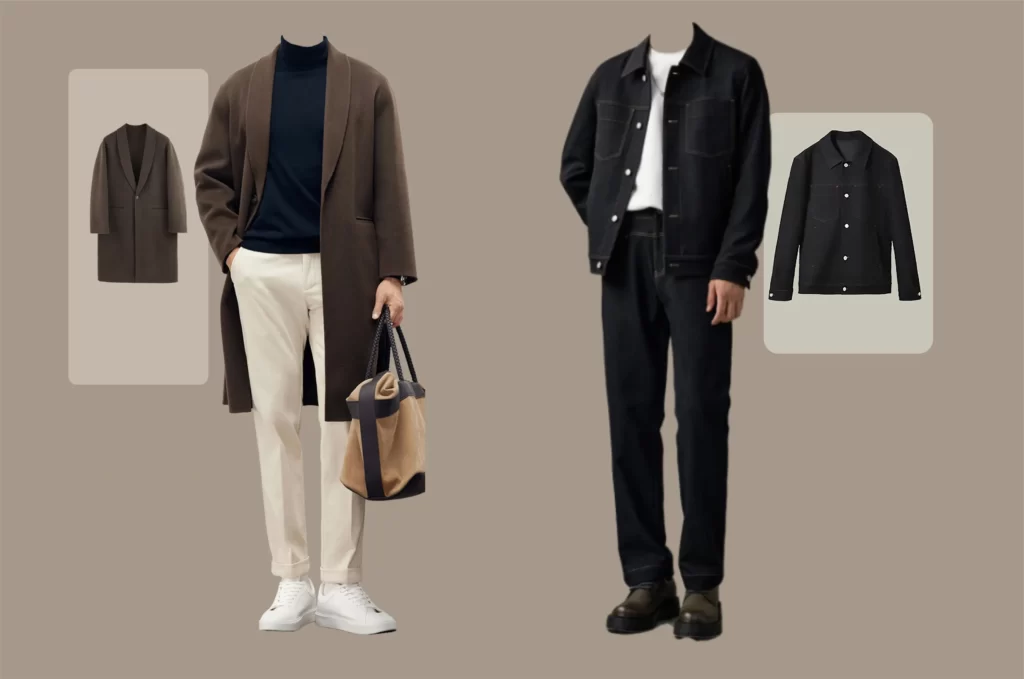
In contrast, jackets are shorter, typically ending at the waist or just below. While they offer less coverage than coats, their shorter design increases mobility and versatility. Jackets are often the preferred choice when you need protection from the elements but want to avoid being burdened by a longer garment. This feature makes them a practical option for various activities and settings.
Warmth and Insulation
Coats are designed explicitly for superior warmth. They are constructed with thicker insulation, often incorporating wool, down, or heavy-duty synthetic fabrics. These insulating materials help maintain a comfortable temperature in frigid weather, making coats the go-to choice for extremely cold conditions.

On the other hand, jackets exhibit a wide range of warmth levels. Some are designed with insulation suitable for winter wear, ensuring comfort in chilly temperatures. Similarly, lightweight and unlined jackets are more appropriate for spring and fall. This versatility means you can choose a jacket that matches the current weather conditions.
Occasion and Style
Coats have a natural inclination towards a more formal and elegant aesthetic. This quality makes them perfect for dressier occasions, such as weddings, business meetings, or evening events. In professional settings, a coat adds a touch of sophistication to your attire, enhancing your overall appearance.
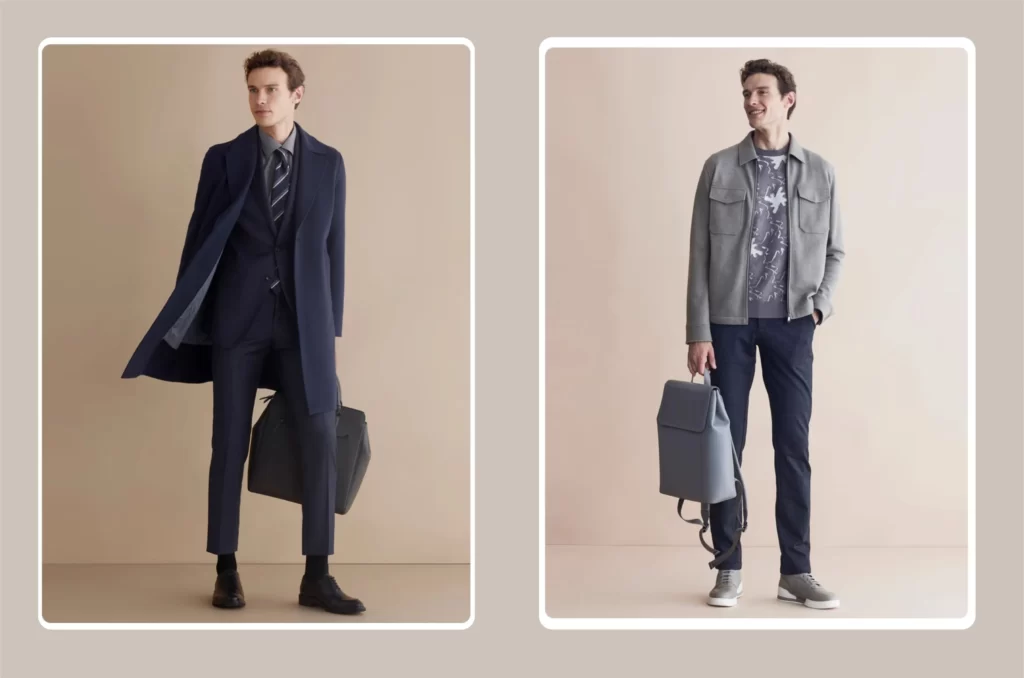
However, jackets offer a spectrum of styles, from casual to semi-formal. They are incredibly versatile and suitable for a wide range of settings. Whether going for a casual look while meeting friends or embracing a smart-casual appearance in a less formal work environment, jackets can be adapted to your desired style.
Materials and Fabrics
Coats typically feature heavier and more durable materials, such as wool, which is well-known for its insulating properties and resistance to the cold. Down-filled coats are also popular, providing exceptional warmth without excessive bulk. The emphasis on protection from the elements is evident in the choice of coat materials.
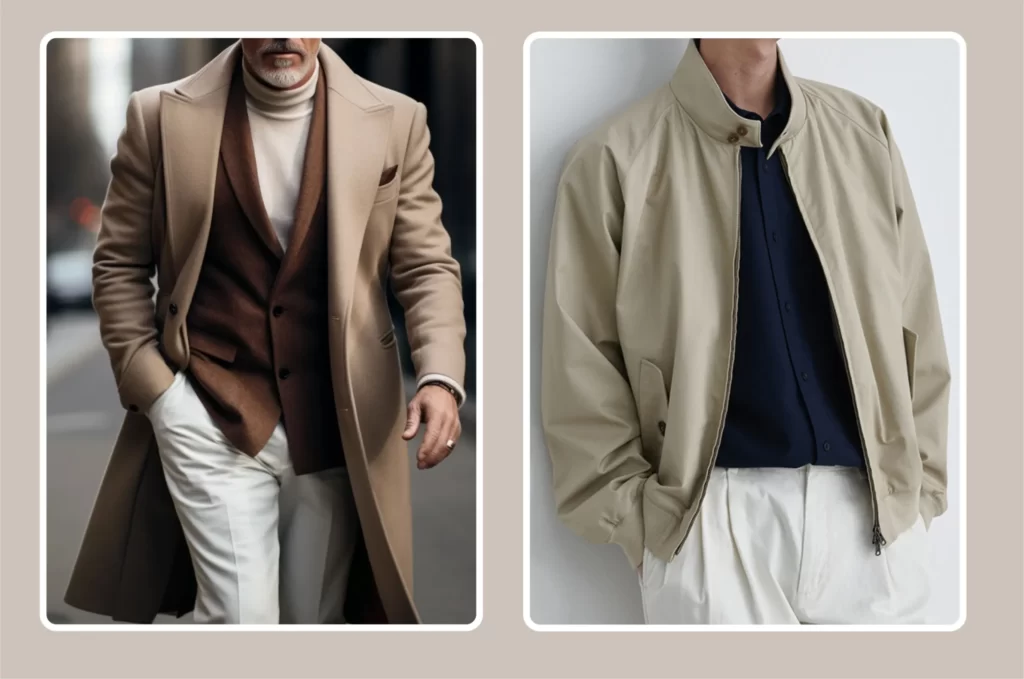
Jackets are incredibly diverse in terms of materials and fabrics. They can be made from lightweight materials like cotton for summer jackets, ensuring breathability and comfort. Additionally, materials like leather are often used for stylish outerwear, adding a fashionable touch to your wardrobe. This versatility allows for a more extensive range of material and fabric options.
Seasonal Relevance
Coats are typically associated with colder seasons, such as autumn and winter. They are designed to provide superior warmth and protection from the cold, wind, and precipitation. Coats often feature thicker insulation and heavier materials, making them a reliable choice when temperatures drop. Their longer length ensures more body is covered, perfect in freezing weather.
Jackets offer more flexibility across seasons. Lightweight jackets are perfect for spring and early fall, protecting against mild weather without causing overheating. In contrast, heavier jackets with added insulation are suitable for winter, offering warmth without the bulk of a coat. This adaptability to changing weather conditions makes jackets perfect for year-round use.
Versatility of Styling
Coats are generally less versatile in styling due to their longer length and formal appearance. They pair well with dressier outfits and are often seen as statement pieces for formal occasions. They work elegantly with dresses, suits, and other formal wear, making them a must-have for special events.
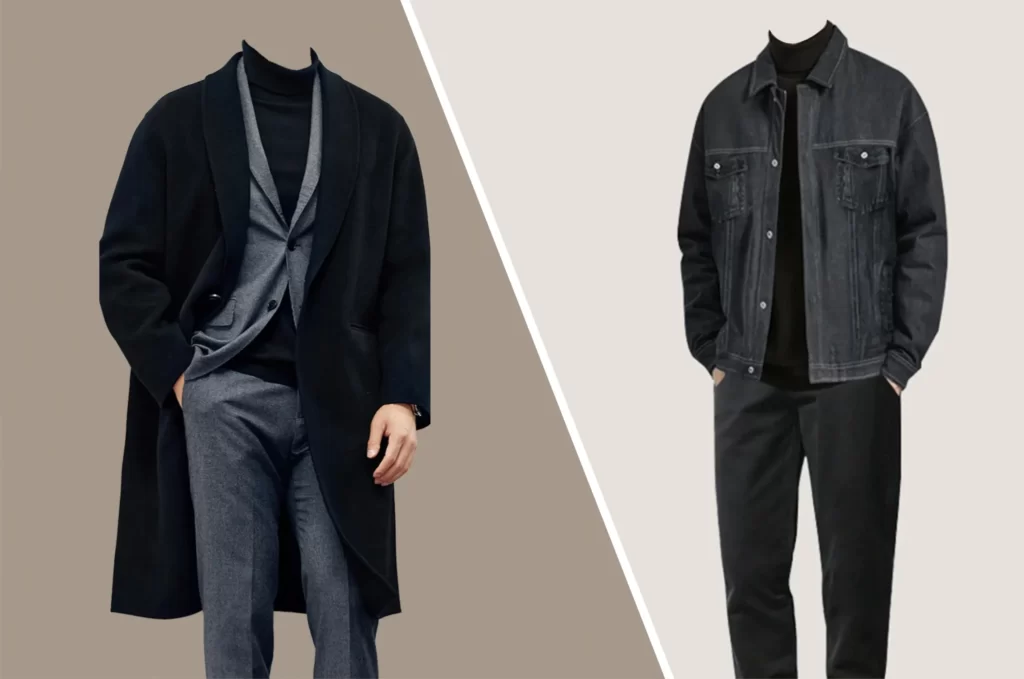
Jackets offer a broader range of styling options. They can be dressed up or down depending on the occasion and your style. Lightweight jackets, like denim or bomber jackets, are perfect for casual settings when worn with jeans or shorts.
On the other hand, leather or blazer-style jackets can elevate your look for semi-formal events or business meetings. Their adaptability makes them suitable for various outfits and occasions, making them versatile additions to your wardrobe.
Weight and Comfort
Coats are typically heavier than jackets due to their thicker insulation and longer length. While this extra weight is necessary for warmth in cold weather, it can be less comfortable for extended wear. Heavy coats might feel cumbersome, especially during physical activities or transitioning between indoor and outdoor settings.
Jackets are lighter and more comfortable for everyday wear. Their design prioritizes comfort and ease of movement, making them a preferred choice for extended periods of wear. Lightweight jackets, mainly, are perfect for activities like hiking, biking, or running errands where mobility and comfort are essential.
Practicality and Functionality
Coats are specifically designed for severe weather conditions, making them highly practical in cold, windy, and wet environments. They keep the wearer warm and dry, and their extended length offers better protection from the elements. Coats are essential for winter sports, outdoor adventures, and formal events where protection and elegance are paramount.
Jackets are more versatile in terms of practicality and functionality. They can adapt to various weather conditions and activities. Lightweight jackets are excellent for mild weather and casual outings, while heavier jackets offer warmth without compromising style. Whether you’re going for a hike, running errands, or need a versatile piece, jackets are a practical choice for a wide range of occasions.
A Retailer’s Guide to Stocking Coats vs. Jackets
Stocking coats vs jackets as a retailer should focus on the versatility of styles and materials. Since the use of coats and jackets differs based on weather and occasions, stocking both can be vital. Retailers must focus on seasonal demands and market trends to sock coats and jackets.
Coats are synonymous with chilly weather and protection against the elements. Coats are suitable for providing warmth and comfort during the coldest months of the year. As a retailer, it’s essential to have a selection of coats in your inventory. Retailers must focus on customers who reside in regions with harsh winters or those preparing for formal events.
Offering a variety of coat styles, from elegant overcoats to more casual parkas, ensures that your customers can find the right coat for any occasion. Similarly, jackets, with their shorter length and versatility, are a wardrobe staple that caters to various customer needs. These garments come in many styles, materials, and insulation options for the customers to choose from.
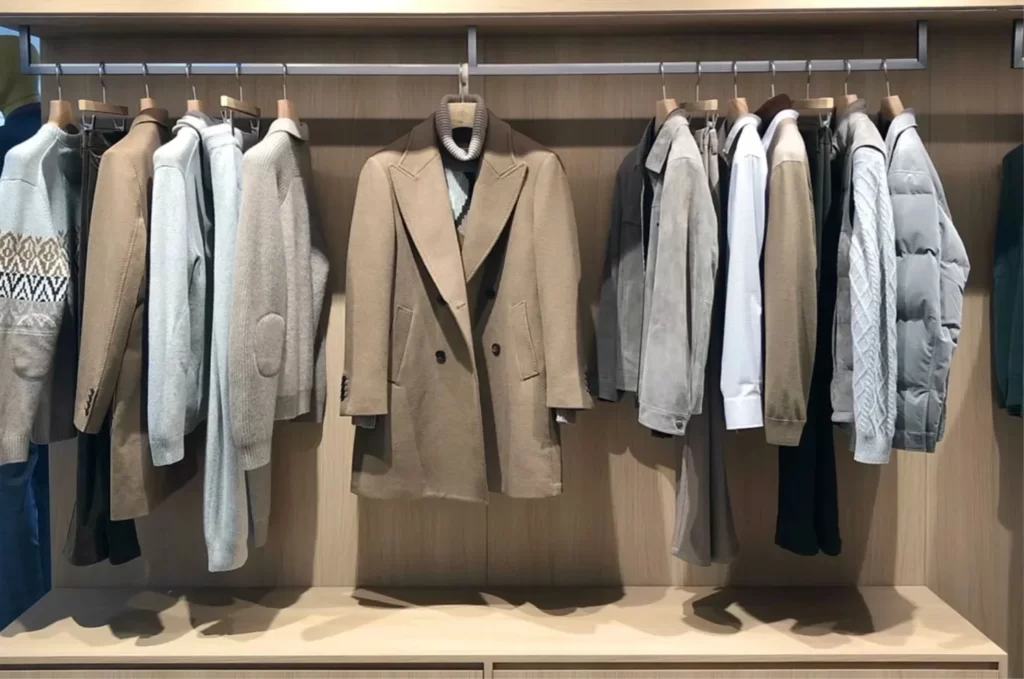
As a retailer, stock a wide range of jacket styles, from casual denim or bomber jackets to more formal blazers. This will ensure that you meet the diverse preferences of your customer base. Lightweight jackets are perfect for transitional weather, allowing customers to layer up or down as needed. Heavier jackets featuring warmth without excessive bulk are ideal for winter.
Moreover, providing various materials, such as leather, cotton, and technical fabrics, allows customers to select jackets that align with their lifestyle and fashion choices. By offering both coats and jackets, you can ensure that your inventory accommodates various occasions and weather conditions.
In your role as a retailer, understanding the specific customer needs and seasonal demands of your target audience is vital. Providing a well-curated selection of coats and jackets empowers the customers to make choices that align with their preferences. This approach will boost your sales but also establish your store as a favorite choice for all.
Factors To Consider Before Stocking Coats And Jackets In Your Store
Stocking coats and jackets in your retail store requires careful consideration of several factors. This includes understanding the customer base, seasonal timing, market trends, etc. Critical aspects like inventory management and choosing the proper manufacturer are also essential.
Before stocking coats and jackets in your store, understanding your target audience is paramount. You need to understand if your customers are located in colder regions or if they reside in milder climates. Knowing the climate and weather patterns in your area is essential, as it will dictate the types of outerwear your customers are likely to seek.
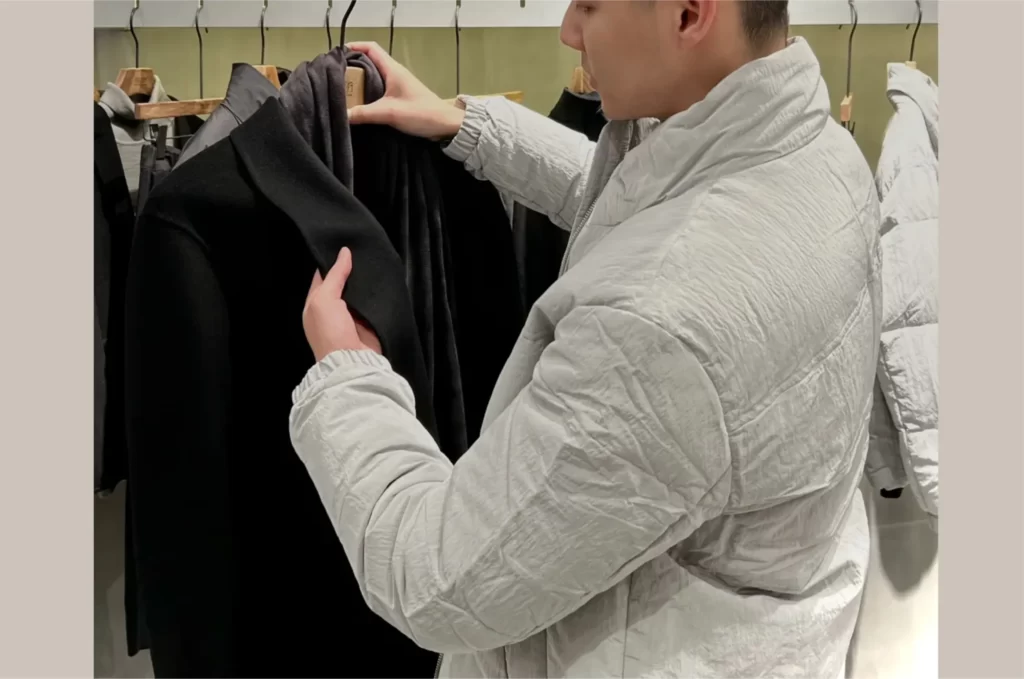
Additionally, consider the demographics and preferences of your customer base. It is essential to assess if they are fashion-conscious and trendy or if they prefer classic, timeless styles. You can also figure out if your customers will be upscale or price-sensitive before you stock coats and jackets in your retail store.
Seasonal timing is another crucial factor. Stocking coats well before the winter season or jackets as the weather begins to warm up ensures that customers can find suitable garments when needed. Beyond style and functionality, materials and quality play a significant role. So, make sure to collaborate with the right manufacturers for your startup.
Choosing reputable suppliers and manufacturers that offer durable, high-quality coats and jackets is essential to maintaining your store’s reputation. Lastly, inventory management is a practical consideration. Ensure you have sufficient storage space and tracking systems to manage your stock efficiently.
Regularly reviewing your inventory to identify slow-moving or outdated items and making seasonal adjustments is essential for a successful and profitable operation. By carefully considering these factors, you can make informed decisions about stocking coats and jackets.
Conclusion
The coat vs jacket debate can become more accessible for fashion lovers and retailers with the proper guidance. So, by going through the critical differences between coats and jackets, you can make the perfect choice for your clothing brand. In the meantime, make your clothing dreams come true by working with the right manufacturers.

